-
About
- About Listly
- Community & Support
- Howto
- Chrome Extension
- Bookmarklet
- WordPress Plugin
- Listly Premium
- Privacy
- Terms
- DMCA Copyright
- © 2010-2025 Boomy Labs

 Heather Klenke
Heather Klenke
Listly by Heather Klenke
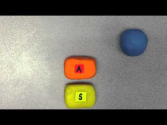
This is a quick introduction to the SAMR Model, developed by Dr. Ruben Puentedura. It is not meant to be an in-depth view of the model. For more information, visit http://hippasus.com/.
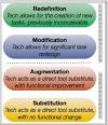
Substitution - Augmentation - Modification - Redefinition
Ruben R. Puentedura, Ph.D defines these levels of technology integration.
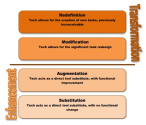
One of the goals of technology integration should be to move from using technology as an add-on or enhancement to using it as an integral and transformative force. Ideally, we would like to create new learning experiences that harness the power of transformative technology, that is technology that allows students to do things that were previously impossible.

A screencast of a presentation in Maine by Dr. Ruben Pentedura.
Part 1: A Model for Technology and Tranformation (19:50 mins duration)
Part 2: Why Transformation is Needed (10:39 mins duration)
Part 3: Transformation and Education (14:21 mins duration)
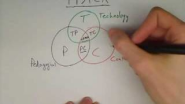
TPACK (or Technological Pedagogical Content Knowledge) is a framework for understanding technology integration for education.

The SAMR model helps us to think about how we are using technology - at which level we are implementing it. It's really important for us to think about whether we are using the technology for substitution or if we are really creating things that weren't possible before. Watch this video for a brief (15 minute) overview of this model.
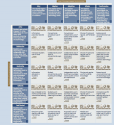
The Technology Integration Matrix (TIM) illustrates how teachers can use technology to enhance learning for K-12 students. The TIM incorporates five interdependent characteristics of meaningful learning environments: active, constructive, goal directed (i.e., reflective), authentic, and collaborative (Jonassen, Howland, Moore, & Marra, 2003).
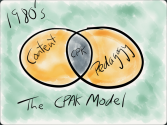
Teachers need to be able to understand how to embed technology into what they do. But you can’t do this unless you’re already a good teacher. The technological side of it only comes into to play if you already knew how to balance pedagogical knowledge with content (subject) knowledge. Only then can you understand how best to integrate an iPad into a classroom.

The two above images are good examples of purposeful thinking about iPad usage in schools. One, a screenshot of an oft-used tool known as iPad As.. by edtechteacher.org, focuses on what the iPad can be used for and provides links to various apps that can be utilised for those functions.
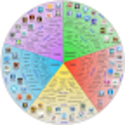
Project based learning is " an instructional approach built upon authentic learning activities that engage student interest and motivation. These activities are designed to answer a question or solve a problem and generally reflect the types of learning and work people do in the everyday world outside the classroom."

Sometimes a visual guide comes along and it just makes total sense. That's how I felt about Allan Carrington's clever ' Padagogy Wheel' which we featured on Edudemic last week. Check out the previous version then view the one below to see the differences.

The Technology Integration Matrix (TIM) illustrates how teachers can use technology to enhance learning for K-12 students. The TIM incorporates five interdependent characteristics of meaningful learning environments: active, constructive, goal directed (i.e., reflective), authentic, and collaborative (Jonassen, Howland, Moore, & Marra, 2003). The TIM associates five levels of technology integration (i.e., entry, adoption, adaptation, infusion, and transformation) with each of the five characteristics of meaningful learning environments.
